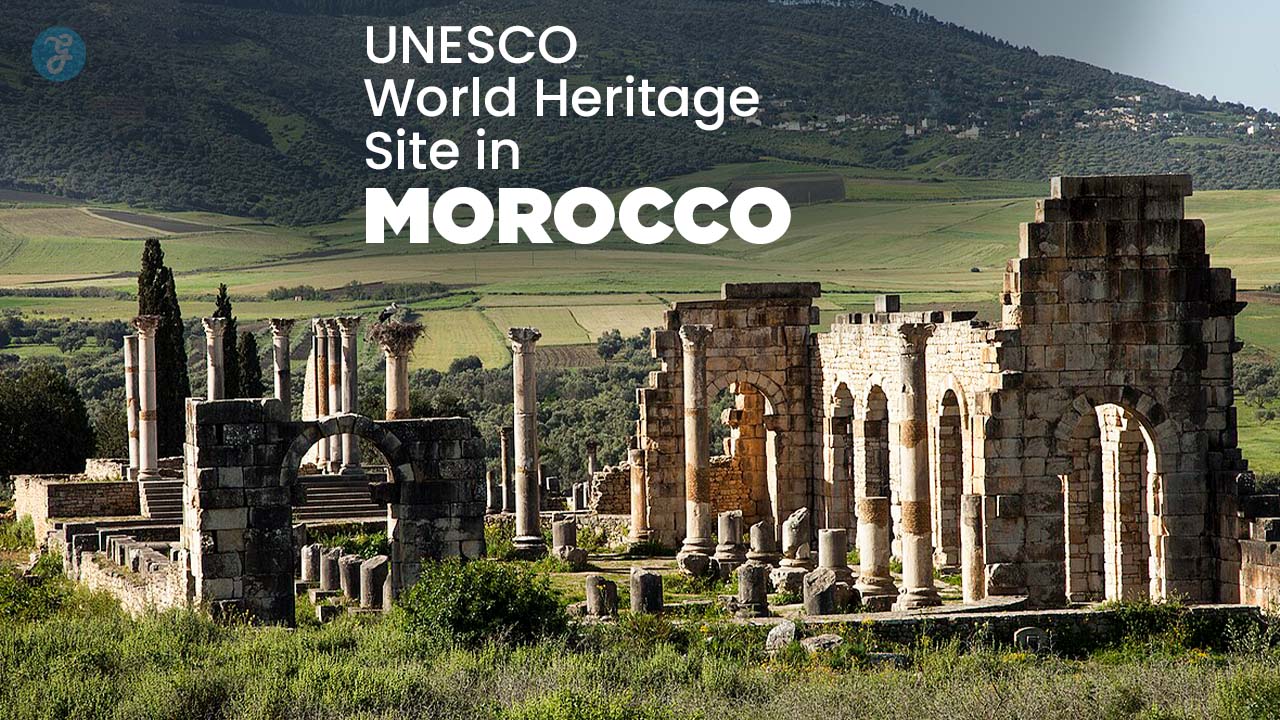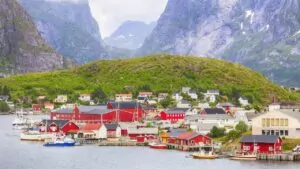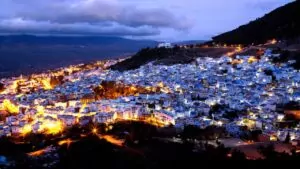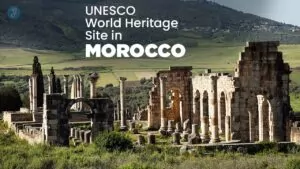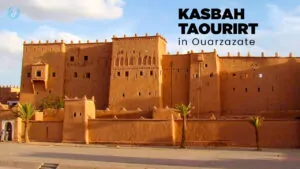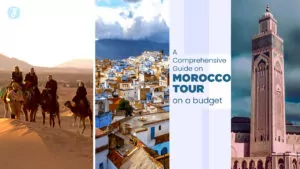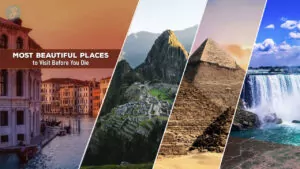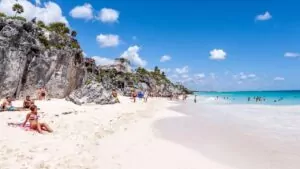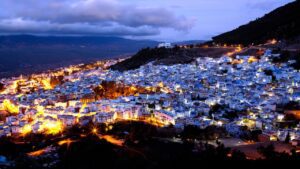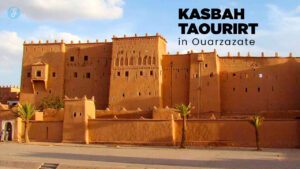If you’re planning a cultural journey to North Africa, few destinations rival the experience of visiting a UNESCO World Heritage Site in Morocco. Known for its colorful medinas, ancient architecture, and diverse cultural history, Morocco boasts a collection of world-recognized landmarks that tell stories of Berber tribes, Roman empires, Islamic dynasties, and colonial transitions. In this ultimate travel guide, we’ll explore the top heritage sites, how to get there, the best times to visit, and essential tips to help you enjoy these historic wonders to the fullest.
This guide offers:
- Historical facts and practical tips
- Updated entry fees and hours
- Suggested itineraries and cultural insights
Get ready to explore Morocco’s top UNESCO world heritage site highlights with simple language and clear structure.
Explore Every UNESCO World Heritage Site in Morocco
From the bustling souks of Fez to the quiet Roman ruins of Volubilis, each UNESCO World Heritage Site in Morocco offers something completely unique. These sites aren’t just monuments; they’re living testaments to the country’s layered history and vibrant traditions. Below is your complete guide to experiencing them all in 2025 and beyond.
Top UNESCO World Heritage Sites to Visit in Morocco
Medina of Fez (Fes el‑Bali)
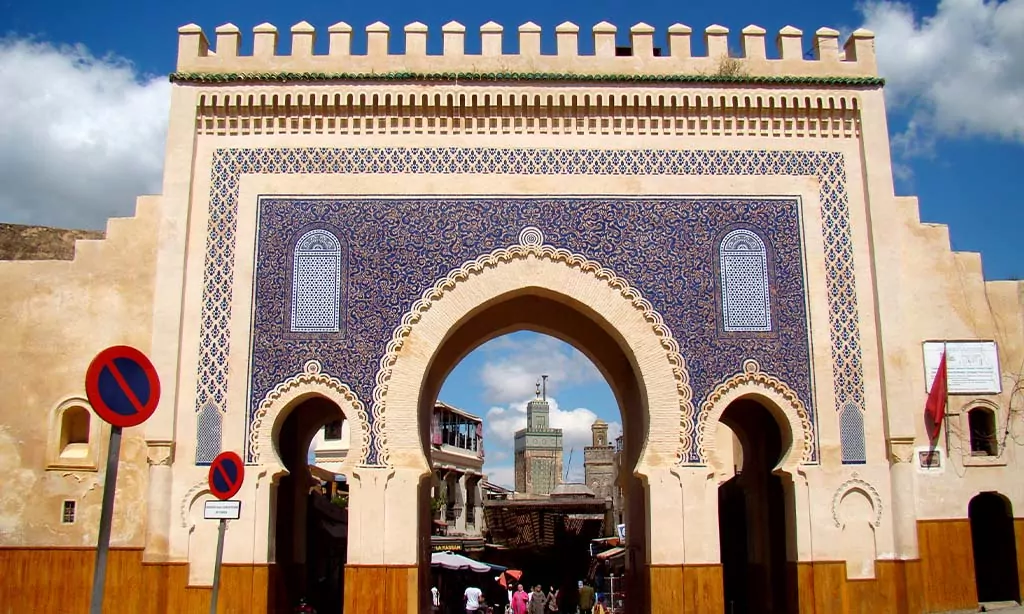
Year Inscribed: 1981 — Location: Fez
The Medina of Fez is a vast walled city dating back to the 9th century. It is home to one of the world’s oldest universities (Al‑Qarawiyyin) and hundreds of narrow alleys lined with souks, madrasas, and traditional workshops.
- Entrance to main medina: Free
- Museums and sites: typically 20–40 MAD (~$2–$4 USD) each including Bou Inania Madrasa, Nejjarine Museum, Al‑Saffarin Madrasa
| Feature | Details |
| Best Time to Visit | Spring or autumn, early morning for fewer crowds |
| Duration | 1–2 days |
| Guided Tour Cost | ~36 USD for private walking tour (~3–4 hrs) |
| Highlights | Al‑Qarawiyyin University, souks, tanneries, madrasas |
Bonus: The newly re‑opened Dar Batha Museum showcases over 6,500 artifacts from Fes’ past. Open daily (except Tuesday) 09:00–17:00, entrance is 20 MAD (~$2).
Ksar of Ait‑Ben‑Haddou
Year Inscribed: 1987 — Location: Ouarzazate province
This red clay fortress town is a stunning example of earthen architecture. Perched on a hill near the desert, it features narrow alleys, defensive walls, and views of the Atlas Mountains. It played host to many films, including “Gladiator” and “Game of Thrones”. Often visited as a day trip from Marrakesh.
| Feature | Details |
| Entry Fee | Small donation (often optional; ~10‑20 MAD) |
| Best Time to Visit | Late afternoon or sunset for golden light |
| Nearby Stops | Ouarzazate Film Studios, Atlas Desert desert tours |
| Duration | 1–2 hours |
Photography lovers will find golden-hour shots excellent here. Wear sturdy shoes; the ground is uneven.
Historic City of Meknes
Year Inscribed: 1996 — Location: Meknes, northern Morocco
Meknes was the imperial capital under Sultan Moulay Ismail. Its cityscape includes monumental gates, royal stables, mosques, and mausoleums—grand yet more tranquil than Marrakesh or Fez.
| Feature | Details |
| Entry Fees | Most landmarks free or 20–40 MAD |
| Places of Interest | Bab Mansour gate; Mausoleum of Moulay Ismail |
| Visit Duration | 1 day |
| Transport Options | Train from Fez, taxis within city |
Enjoy a relaxed cultural experience and beautiful architecture. Meknes is easily combined with a Volubilis excursion.
Archaeological Site of Volubilis
Year Inscribed: 1997 — Location: near Meknes in Fès‑Meknès
Volubilis is the most significant set of Roman ruins in Morocco. Once a major city, today it offers mosaics, baths, a basilica, triumphal arch, and private homes. It beautifully illustrates Roman urban life at the edge of empire
- Opening Hours: 08:30 – (about one hour before sunset) daily
- Entry Fee: 70 MAD (approx. USD 7) per adult; guides about 120 MAD (~USD 12)
| Feature | Details |
| Best Visiting Time | Early morning or late afternoon |
| Suggested Duration | 2–3 hours |
| Recommended Arrival | Around 16:00 for golden-light photos |
| Nearby Towns | Moulay Idriss Zerhoun (5 km), Meknes |
The site covers about 42 ha, with structures such as the Arch of Caracalla, basilica, oil‑pressing houses, and mosaics of Orpheus and Venus. Guides add great value by explaining archaeology and daily life in ancient Volubilis.
Medina of Marrakesh
Year Inscribed: 1985 — Location: Marrakesh
Marrakesh’s medina pulses with life—surrounded by strong red walls, it has souks, palaces, gardens, and a central square overflowing with performers and food stalls.
| Feature | Details |
| Entry Fee | Free (museums and palaces vary) |
| Must-See Sites | Jemaa el-Fnaa; Koutoubia Mosque; Bahia Palace; Saadian Tombs |
| Safety Note | Use anti-theft bags, avoid isolated alleys |
| Duration | 2–3 days |
Expect a fast-paced sensory experience. Visit early morning or after sunset at Jemaa el‑Fnaa for a special ambiance.
Map and Route Planner for UNESCO Sites
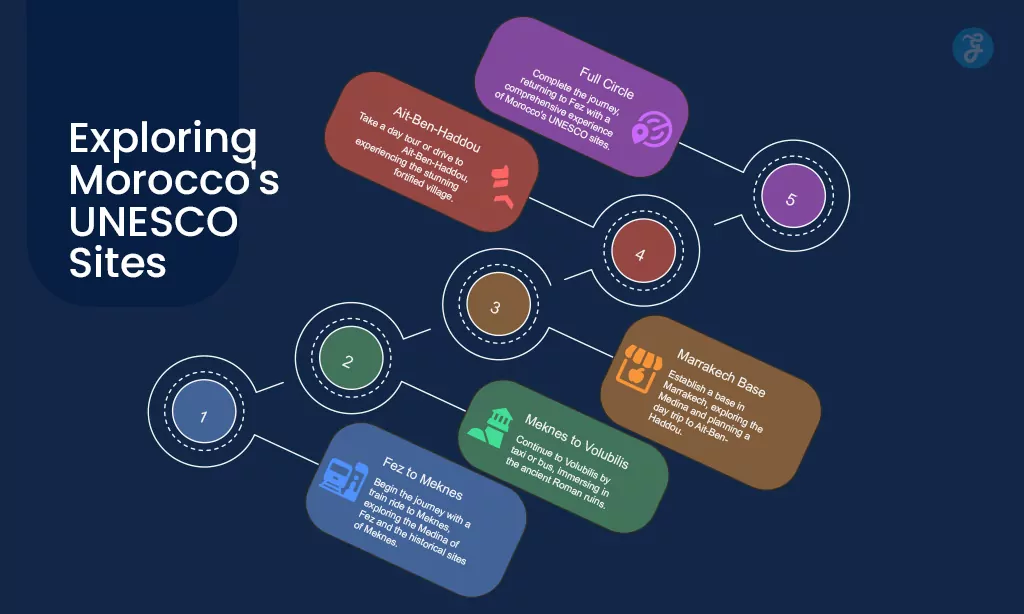
Here’s a practical itinerary covering Morocco’s major UNESCO heritage sites in 7–10 days:
| Route | Duration | Sites Covered | Transport Suggestions |
| Fez → Meknes → Volubilis | 2 days | Medina of Fez, Meknes, Volubilis | Train to Meknes + taxi/bus |
| Marrakech base | 1–2 days | Marrakech Medina, day trip to Ait‑Ben‑Haddou | Day tour or rental car |
| Full Circle | 7–10 days | Fez, Meknes, Volubilis, Marrakech, Ait‑Ben‑Haddou | Private car or guided tour |
Tip: Start in Fez, head west to Meknes and Volubilis, then go south to Marrakech for a well-paced journey with varied landscapes.
Best Time to Visit These UNESCO Sites in Morocco
Morocco’s climate changes by region and season. Here’s a seasonal guide for UNESCO site visits:
| Season | Climate | Best For | Caution |
| Spring (Mar–May) | Mild and sunny | All major heritage sites | None |
| Summer (Jun–Aug) | Hot, especially south | Volubilis (early visit), Fez | Avoid mid-day heat |
| Fall (Sep–Nov) | Warm and pleasant | Marrakech, Ait‑Ben‑Haddou | Peak tourist season |
| Winter (Dec–Feb) | Cool, some rain | Urban visits (Fez, Meknes) | Desert less accessible, cooler nights |
Cultural Etiquette and Local Laws for Travelers
Morocco values tradition and hospitality. Here’s a simple etiquette table:
| Situation | What to Do |
| Dressing in heritage zones | Wear modest clothing (shoulders/knees covered) |
| Greeting locals | Use “Salam Alaikum” with a slight head nod |
| Photo of people | Ask permission before taking portraits |
| Behavior in public | Avoid loud arguments or displays of affection |
| Language hints | French or Arabic phrases go a long way |
Accommodation Near UNESCO Heritage Sites
Stay in local-style riads or reliable hotels. These selections combine comfort, location, and value:
| City | Name of Place | Type | Nightly Cost (USD) | Distance from Site |
| Fez | Riad Fes | Riad | $120–$160 | Inside Fes Medina |
| Fez | Dar Batha Museum area | Budget Hotel | $60–$90 | Near Bab Bou Jeloud |
| Marrakech | La Sultana | Riad/Luxury | $200–$300 | 5 min walk to Jemaa el‑Fnaa |
| Ouarzazate | Kasbah Dar Daif | Hotel/Riad | $80–$120 | 10 min to Aït‑Ben‑Haddou |
Booking in advance is smart during peak seasons (March–May, Sept–Oct).
Local Cuisine Near UNESCO Sites
Moroccan cuisine is regional, aromatic, and hearty. Here’s what to try:
| City | Local Dish | Description |
| Fez | Pastilla & Bissara | Savory pastry with pigeon or chicken; fava bean soup |
| Marrakech | Lamb Tagine with prunes | Slow‑cooked lamb, sweet spices |
| Meknes | Harira (soup) | Lentil-chickpea soup served at dusk |
| Aït‑Ben‑Haddou | Couscous & date-based desserts | Traditional North African staple |
For vegan or halal travelers: Most Moroccan food is halal. Ask for vegetable tagines or couscous. Carry allergy cards in Arabic/French to explain dietary needs.
Safety Tips for Visiting Heritage Sites
Morocco is generally safe, but it’s wise to stay cautious in busy areas.
| Risk | Advice |
| Pickpocketing | Use anti-theft bags; keep wallets zipped |
| Unlicensed tours | Book guides with official credentials |
| Scams/offers | Avoid unsolicited offers of services |
| Nighttime travel | Take licensed taxis or join groups |
| Emergency Contacts | 19 (Police), 15 (Ambulance) |
How to Respect and Preserve UNESCO Sites as a Tourist
Respecting heritage means preserving it. Here’s how:
| Avoid Doing | Responsible Form |
| Walking on mosaics | Stay on marked pathways only |
| Touching ancient surfaces | Observe without contact |
| Littering | Carry your rubbish out or use local bins |
| Disrupting locals/vendors | Interact politely, support local artisans |
UNESCO World Heritage Site in Morocco: Travel Tips for 2025
2025 brings improved access and traveler tools across Morocco.
| Topic | 2025 Update |
| Currency | Moroccan Dirham (MAD) – exchange or ATM |
| Payments | Cards accepted in big cities; cash for rural sites |
| SIM Cards | Tourist packages at major airports |
| Entry Fee Range | ~20–70 MAD ($2–$7 USD) depending on site |
| Health Prep | Sunscreen, bottled water, light breathable clothing |
| Traveller Tools | Apps like Maps.me, local SIM navigation |
Conclusion: Why a Visit to a UNESCO World Heritage Site in Morocco Is a Must in 2025
Exploring a UNESCO World Heritage Site in Morocco is like walking through the pages of history. From the Roman empire’s echoes in Volubilis to the lively souks of Marrakesh and Fez, these places hold the soul of Morocco. Whether you’re a history enthusiast, photographer, or curious traveler, the country’s heritage sites offer something for everyone.
In 2025 and beyond, with improved infrastructure and deeper cultural access, there’s never been a better time to discover a UNESCO World Heritage Site in Morocco. Make your next journey meaningful by immersing yourself in Morocco’s living legacy.

